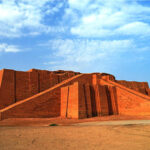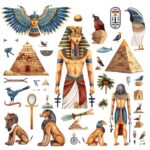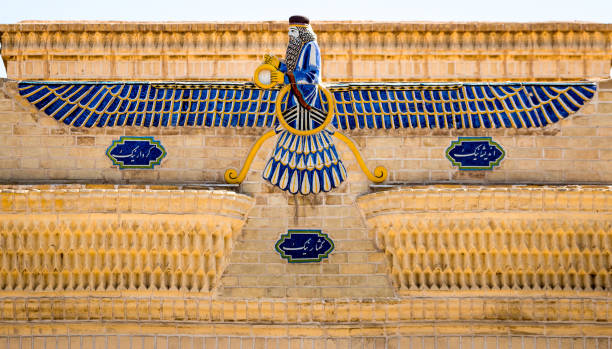Sikhism, a religion that originated in Punjab, combines elements of Hinduism and Islam. Moreover, it reflects thoughts influenced by both religions. This philosophy emerged during the late 15th and early 16th centuries. Therefore, to understand this religion fully, we must examine the regional and Punjab context at that time.
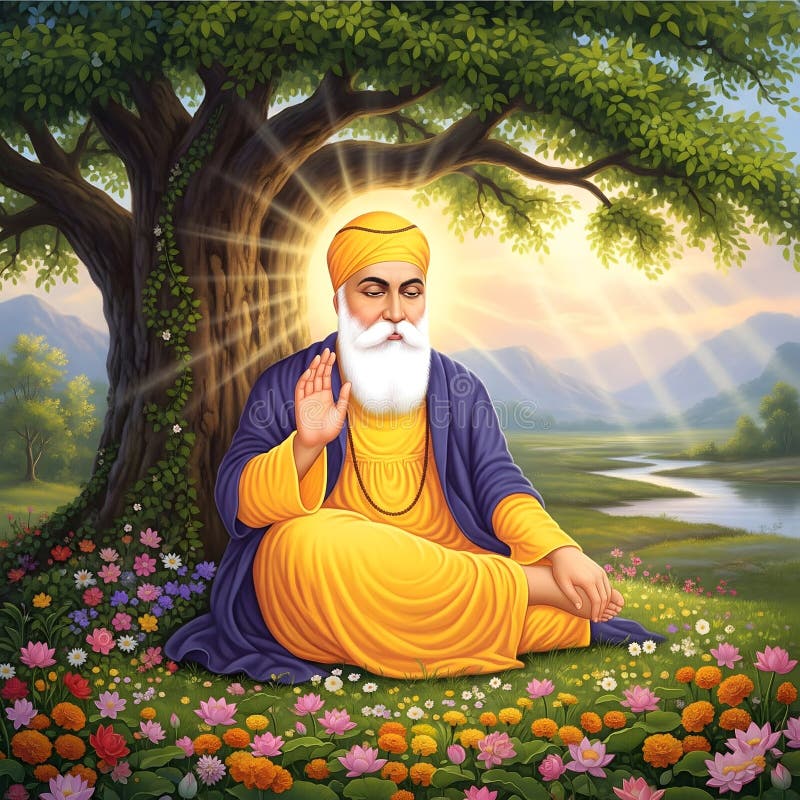
—
Regional Political and Religious Situation
Political and Religious Situation of Tibet
During that period, Tibet’s central power had weakened significantly. As a result, the Phakmodrupa dynasty faced decline, creating constant struggles among rulers, monasteries, and religious groups. Almost all regions of Tibet were deeply associated with Buddhism. Furthermore, the Sakya, Kagyu, and Gelugpa schools, from which the Dalai Lama’s lineage later emerged, remained active.
During the 15th century, the Gelugpa schools expanded rapidly due to Tsongkhapa’s reforms. Consequently, by the 16th century, Gelugpa gradually became the most powerful political and religious faction. This, in turn, led to the establishment of the Dalai Lama (buddhism) tradition, which later became a major power in Tibet.
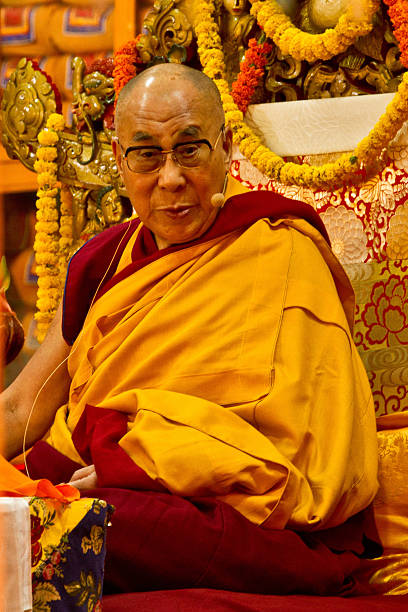
—
Iran Political Situation
At that time, the Timurid Empire in Iran had weakened, causing political chaos. Finally, in 1501, Shah Ismail Safavi captured Tabriz, declared himself king of Iran, and founded the Safavid Empire. Subsequently, he reunified the country and established a strong central government.
Religious Situation
Shah Ismail Safavi declared Twelver Shia Islam as Iran’s official religion. Although Sunni Muslims initially formed the majority, the Shia population grew during his reign. As a result, the Safavids converted people to Shia Islam, making Iran the center of the Shia sect. Notably, the Safavids originally emerged from the Sufi order, which later assumed political power.
—
Sindh Political Situation
At that time, the Sama dynasty ruled Sindh. Consequently, the region enjoyed independence and prosperity. Thatta city served as Sindh’s trade and cultural center. Initially, before the Arabs arrived, the Sindh throne was in northern Sindh (Aror), but it later shifted south. However, by the end of the 15th century, the Arghuns invaded Sindh, bringing it under their control along with the Tarkhans.
Religious Situation
During this period, Sindh hosted populations of Muslims, Hindus, Buddhists, and Jains. In particular, Muslims formed the largest group, while Hindus and Jains belonged mainly to the merchant class. Moreover, Sufism thrived through figures such as Makhdoom Bilawal, Makhdoom Nooh, and Qalandar Lal Shahbaz. As a result, this environment promoted religious harmony and brotherhood. Meanwhile, Sindhis in Sehwan and surrounding areas resisted Arghun and Tarkhan invasions.
—
Afghanistan Political Situation
Until the 14th century, Afghanistan, including Herat and Kabul, remained part of the Timurid Empire. However, by the late 15th century, Timurid power had weakened, allowing regional rulers to gain strength. Zahir-ud-Din Babur captured Kabul in 1504 and consolidated his power. Afterward, he later initiated attacks on Punjab and India.
Religious Situation
Sunni Muslims formed the majority in Afghanistan. Meanwhile, the Chishti, Suhrawardi, and Naqshbandi movements also held considerable influence.
—
Indian Political Situation
During this period, the Lodhi dynasty’s government weakened and declined. Moreover, the Indira Empire had collapsed. Meanwhile, Babur gained power in Afghanistan. He defeated the Lodhi dynasty in the First Battle of Panipat, established control over India, and formed a central government.
Religious Situation
Under Muslim rule, many cities and large areas had Muslim populations, while Hindus, Buddhists, and Jains inhabited other regions. At the same time, the Suhrawardi, Chishti, and Qadri movements promoted harmony. Among Hindus, the caste system remained strong. In fact, the Brahmin class held supremacy, while lower castes faced discrimination.
The Bhakti Movement
The Bhakti movement gained strength during that period. Indeed, it represented a movement for a new harmonious interpretation of Hinduism, and moreover, to a large extent, it reflected an enlightened approach. Poets such as Kabir, Namdev, and Mira Bai actively participated in this movement. Wherever Hindu-Muslim tension existed, Sufi and Bhakti movements actively reduced that tension.
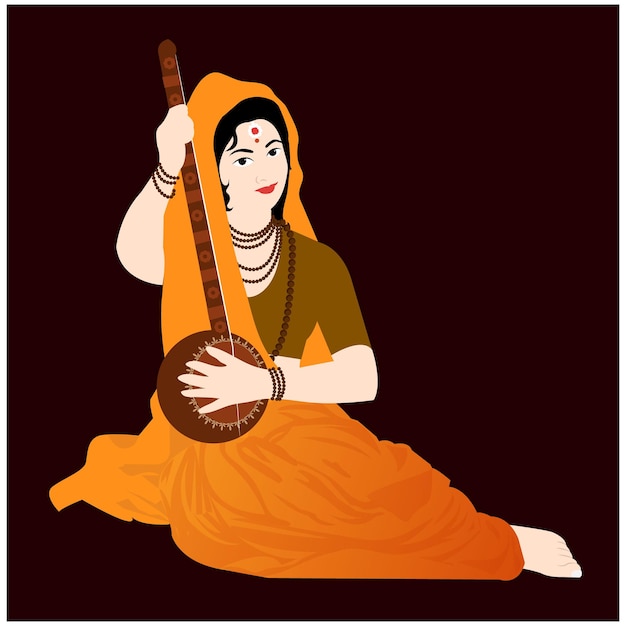
Therefore, to write about Sikhism, we must thoroughly examine the Bhakti movement. “Bhagati” is a Sanskrit word, meaning love, devotion, or love for God. Although this trend likely existed long ago, it gained significant strength during this period. Subsequently, the movement spread from India to Punjab and Sindh. In particular, its central teaching emphasized that love for God mattered more than rituals and caste restrictions.
—
Basic Principles of the Bhakti Movement
1. Belief in One God – Devotees and saints consistently taught that a single God exists for all.
2. Criticism of Ritualism – They criticized mere ritual or formal worship of idols and instead emphasized good deeds.
3. Equality of Man – The movement opposed the caste system and promoted social equality.
4. Religious Tolerance – Saints spread their message among both Hindu and Muslim communities.
5. Simple and Spiritual Life – Saints emphasized simplicity and the importance of love.
6. Use of Local Languages – Devotee poets conveyed their teachings in Sindhi, Punjabi, Hindi, Bhojpuri, and other local languages.
As a result, the Bhakti movement positively impacted the subcontinent. Moreover, it promoted religious tolerance, reduced bigotry and rigidity, and conveyed a message of love and harmony.
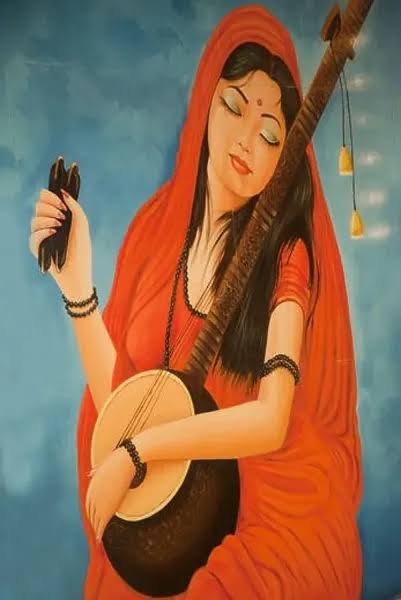
—
Internal Political Situation of Punjab
At that time, Punjab remained under the Delhi Sultanate. When the Lodhi dynasty weakened, small chiefs and landlords gained power. However, when Babur invaded and occupied India, Punjab again came under central control from Delhi.
Religious Situation
Punjab had a majority Hindu population, but under the Delhi Sultanate, the Muslim population grew steadily. Meanwhile, the Sufi Muslim movement influenced cities, and the Bhakti movement gained strong presence across the region.
—
Sikhism
Nanak Dev was born in 1469 AD in a Hindu Khatri family in Talwandi (Nankana Sahib), Punjab. From childhood, he felt a deep sense of spirituality. His early life included Hindu rituals, but friendship with Muslim Sufis encouraged him to attend mosques as well. Thus, he visited both temples and mosques during his early years.
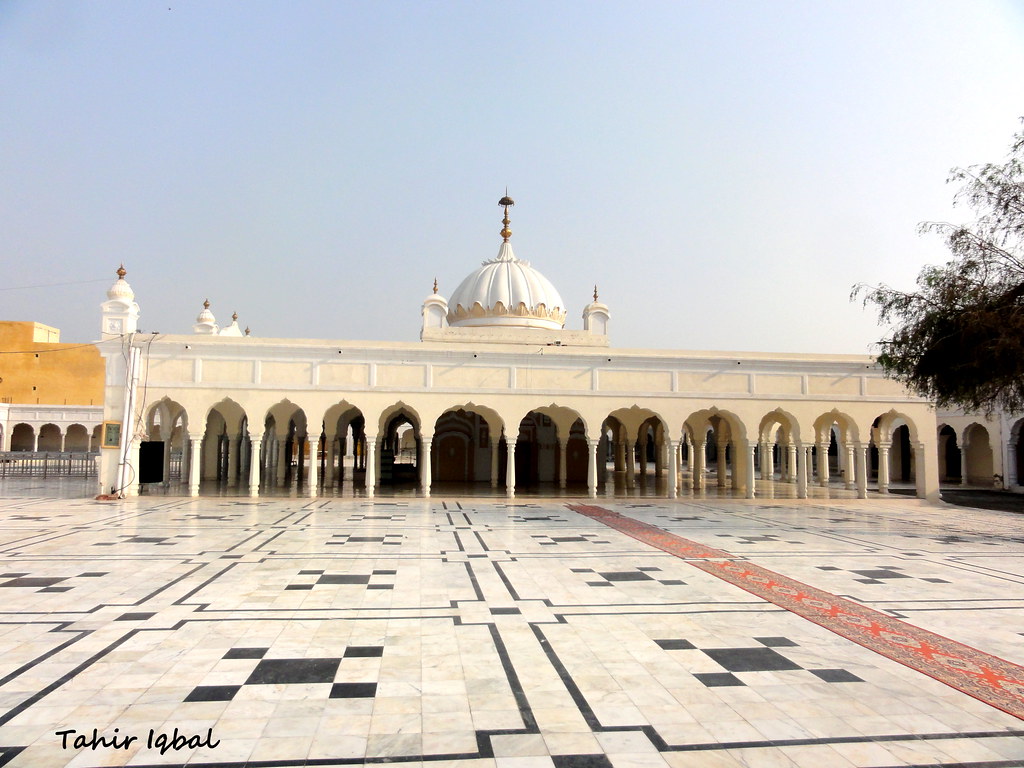
Around the age of 30, Nanak began spreading his spiritual insights. It is said that he disappeared into a river and later reappeared, declaring, “Neither Hindu nor Muslim, all humans belong to one God.” Consequently, this statement marked the beginning of Sikhism.
Instead of rejecting old religions, Nanak embraced influences from Hinduism and Islam. Furthermore, he emphasized human equality, service, and the abolition of ritualism. Nanak spent nearly 40 years traveling. According to tradition, he undertook four major journeys (Udasis) to India, Afghanistan, Iran, Arabia, and Tibet
In Iran and Afghanistan, Nanak learned about Sunni and Shia Islam. Additionally, he drew inspiration from Sufi thought and poetry. Moreover, he traveled to Mecca and Medina to observe Islam closely. In Tibet, he studied Buddhism, and in India, he learned about Hinduism, Buddhism, and Jainism, all of which were present in Punjab. Furthermore, Gur Nanak engaged in discussions with many saints of Hinduism, Jainism, and Buddhism.
—
Impact on Nanak
From Islam, he learned the unity of God. Through Sufism, he understood religious harmony and tolerance. Meanwhile, the Hindu Bhakti movement taught him to oppose casteism and ritualism. Additionally, Buddhism influenced his path of peace and simplicity. Furthermore, Jainism imparted lessons on non-violence, mercy, and discipline. Across all teachings, he consistently emphasized the unity of God.
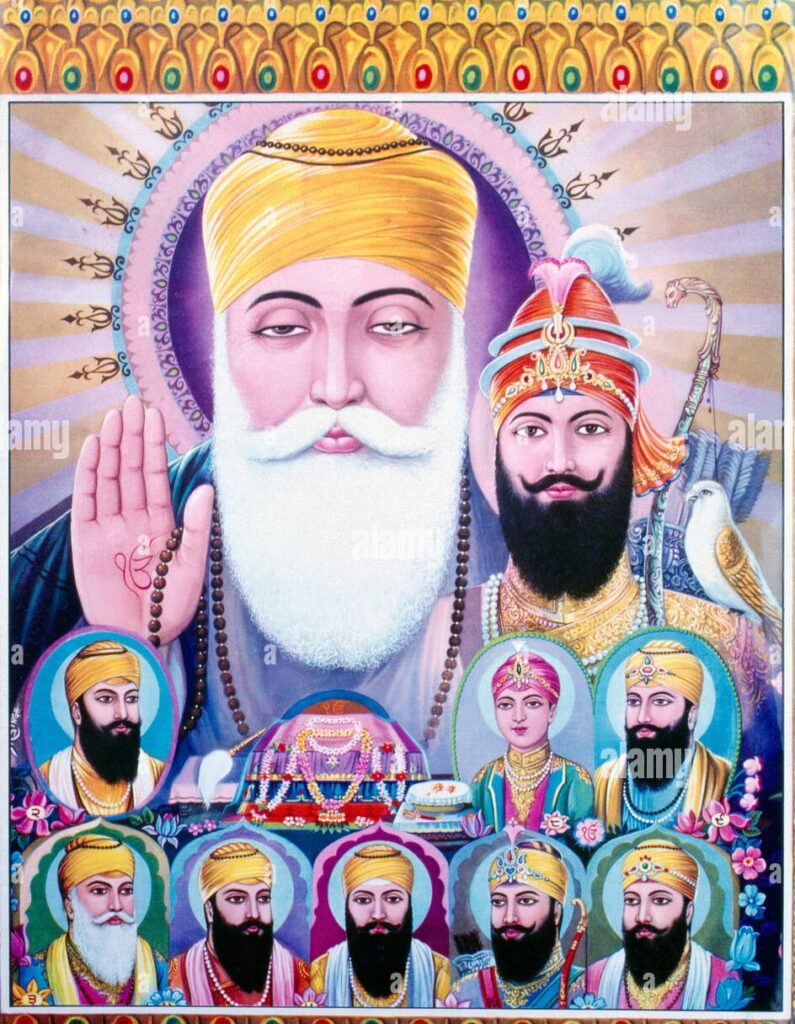
Ten Sikh doyens
- Nanak (1469-1539) – Founder of Sikhism; preached one God and the message of equality and love.
2. Angad Dev (1504-1552) – Developed the Gurmukhi script for Sikh holy scriptures.
3. Amar Das (1479-1574) – Established communal meals for all; emphasized respect for women.
4. Ram Das (1534-1581) – Founded Amritsar; promoted harmony and love.
5. Varjan Dev (1563-1606) – Structured Sikhism religiously; compiled Adi Granth, later Granth Sahib.
6. Hargobind (1595-1644) – Introduced Miri-Piri concept; organized Sikh military power.
7. Har Rai (1630-1661) – Maintained Sikh army; avoided conflict; provided medical and social services.
8. Har Krishan (1656-1664) – Became head at a young age; served people faithfully.
9. Tegh Bahadur (1621-1675) – Sacrificed life for religious freedom; protected Hindus from forced conversion
10. Gobind Singh (1666-1708) – Founded Khalsa Panth; established separate Sikh identity; declared Granth Sahib as eternal
—
Five Basic Principles of Khalsa
1. External Identity (Panj Kakaar)
Kesh: Do not cut hair.
Khingha: Wooden comb, symbolizing cleanliness.
Khara: Iron rod, symbolizing God’s remembrance and self-control.
Kachhara: Plain clothing for simplicity.
Karpan: Sword, representing struggle against injustice.
2. Spiritual Principles – Ek Onkar; five daily prayers (Nitnem); Amrit Sanchar for purification; truth, faith, and chanting God’s name.
3. Moral Principles – Speak truth; earn through honest work; share and help others; abstain from alcohol, drugs, and meat; maintain moral purity.
4. Social Principles – Oppose caste, religion, or race discrimination; promote equality; share meals; serve the and sick.
5. Political and Military Principles – Fight oppression and injustice; use weapons only for defense, never coercion.
Writer GM Leghari

